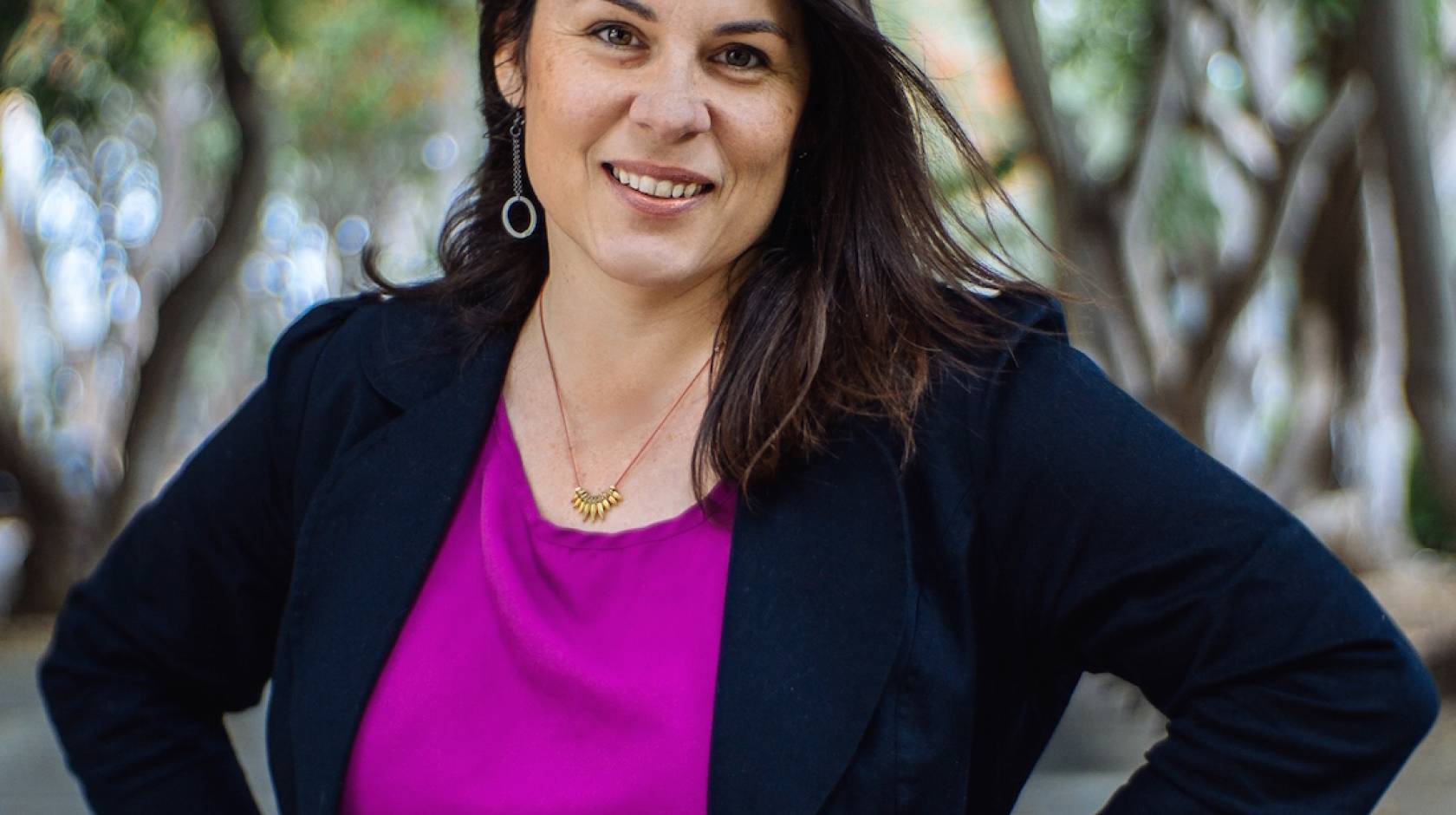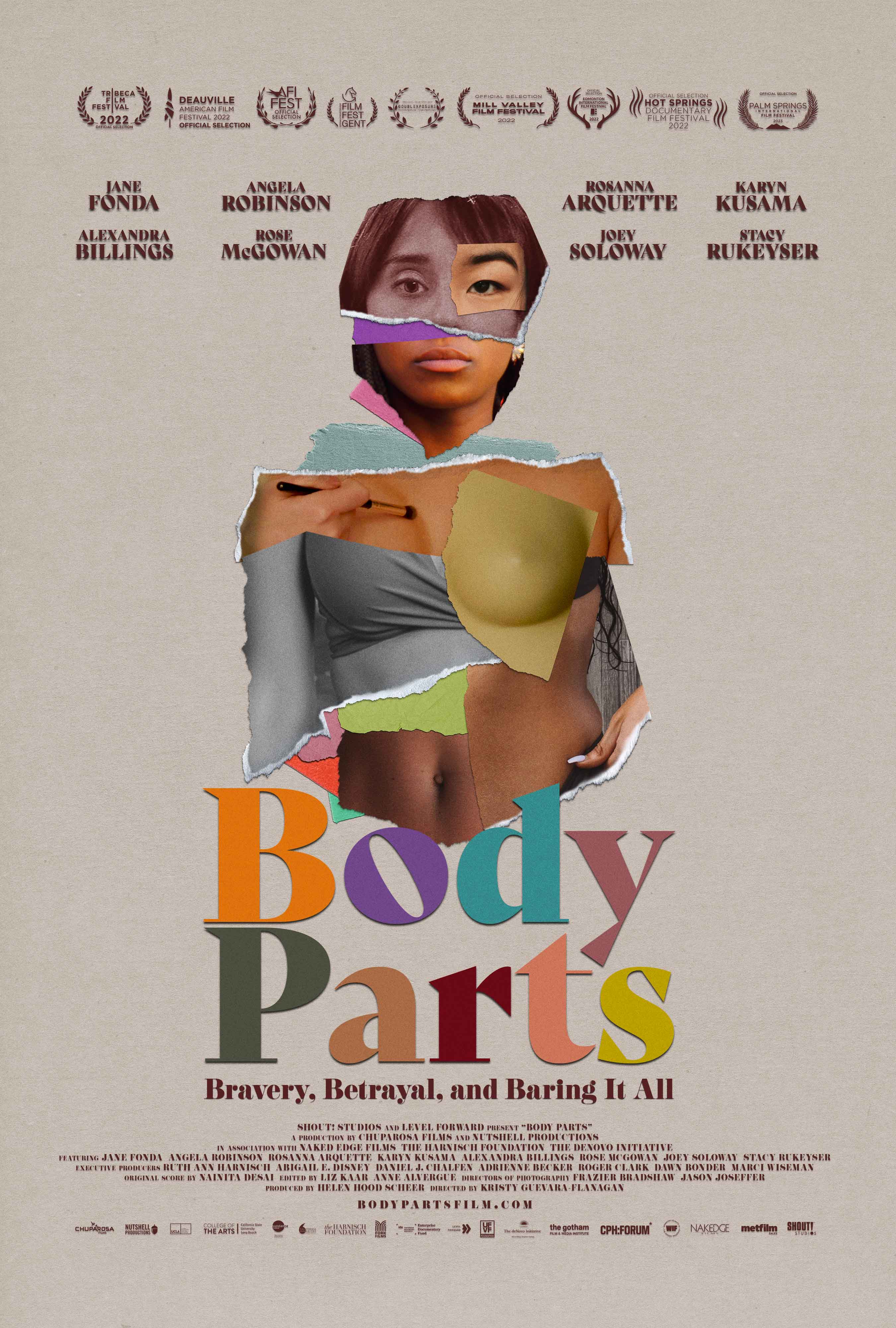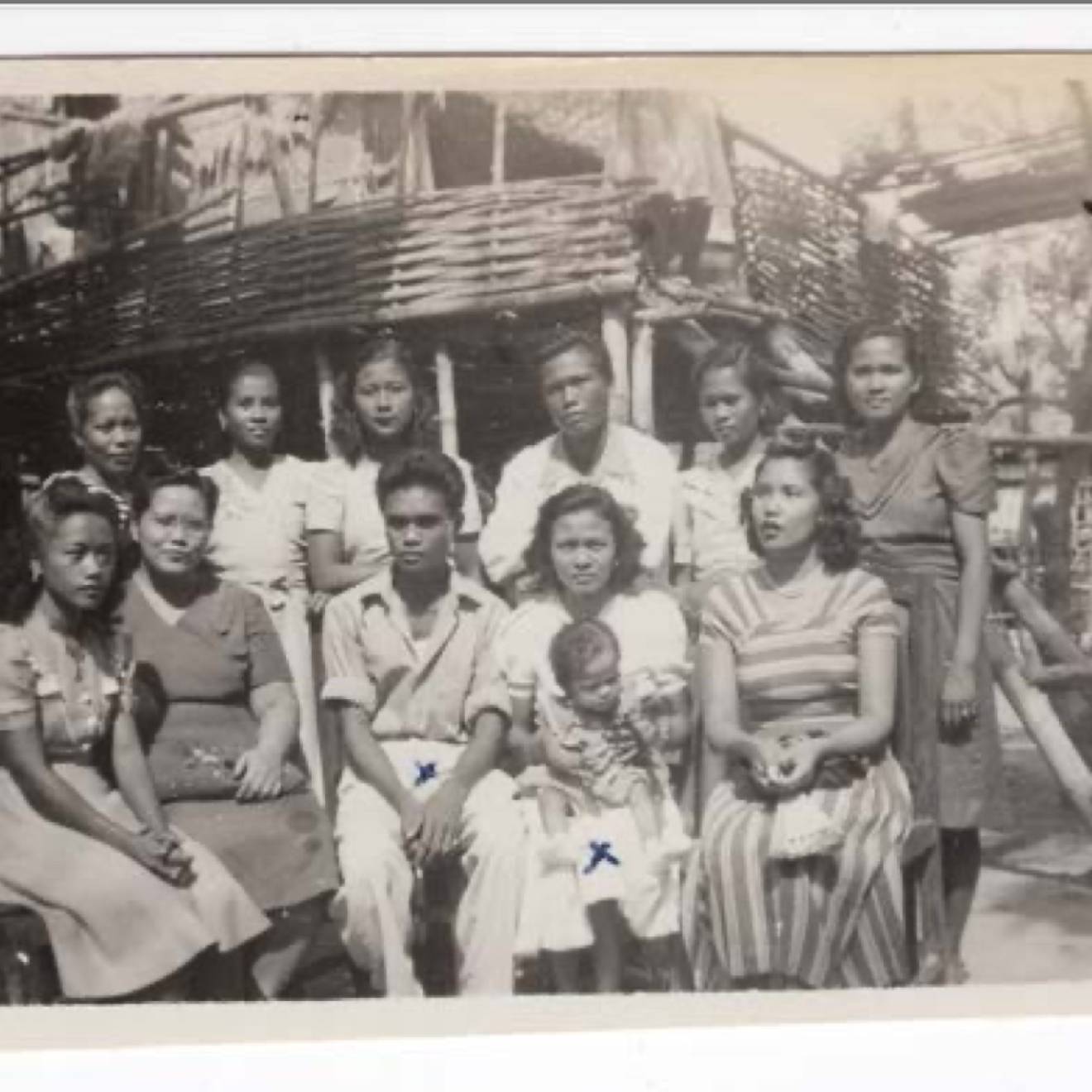Noela Hueso, UCLA

After award-winning documentary filmmaker Kristy Guevara-Flanagan finished the short film “What Happened to Her,” which offered a “meditative critique on the trope of the dead female body,” she knew there was more to examine.
Guevara-Flanagan, an associate professor of film, television and digital media at the UCLA School of Theater, Film and Television, along with her producing partner Helen Hood Scheer, a professor at Cal State Long Beach, began researching the role that body doubles play in nude and sex scenes.
The end result was “Body Parts,” a feature documentary that investigates not only the work of body doubles but “the toxicity of the filmmaking space” for women. Featuring insights from female performers who have been on the frontline of unfair treatment including Jane Fonda, Rose McGowan and Rosanna Arquette, “Body Parts” is part history lesson, part exposé and part celebration of those who are setting out to do things differently. Just before its Feb. 3 theatrical release, Guevara-Flanagan discussed what went into the making of her film.
Q: Why was “Body Parts” important for you to make?
A: I became really interested in the idea of what goes into the making of the media that we consume. As a professor of film, as a mother — particularly a mother of girl — these are things that I think about daily.
Q: When you started researching what goes into being a body double, what did you discover?
A: Historically, they’ve been underpaid and not given any screen credits. They’re treated differently because of their gender, largely. One of the few academic articles on the subject, written more than 20 years ago, says that body doubles were used early on in the history of cinema, not necessarily for super explicit scenes, just for nudity, and that they were often prostitutes. So, I think they have always been seen as unskilled because of that lingering perception. Another school of thought is that they are indeed skilled because it’s difficult work, almost like dance. One of the body doubles I spoke with said they have to hold their bodies in a certain position for very long periods and keep doing these scenes over and over again. Even though their jobs require a lot of physical strength, they’re not given the same considerations and compensation as stunt doubles, who, by and large, are male.
Q: #TimesUp and #MeToo exploded on the scene when you were still in your exploration phase. How did that affect the film you wanted to make?
A: It affected it greatly. Women, mostly, were coming out about bad practices in the industry and the ways films were made that have led to these unfortunate situations. These were stories that I didn’t have access to necessarily. I didn’t know how they happened until they were in print and then it begat more women coming forward. It just felt like there was a current there that we had to address. We started following that story, particularly when it was around the production process and scenes in which they were being asked to perform either nude or doing a simulated sex scene.
Q: Was it hard to get people to talk to you?
A: Getting celebrities to be in a documentary alone is hard, but when it’s about performing nudity and sex scenes it’s even harder. They have to think about the impact of exposing themselves.
Q: What were some of your other findings?
A: I’m not very familiar with how Hollywood makes films, so everything was a finding. I didn’t know what nudity riders were; that’s a whole thing where if you’re performing nudity, you have a carefully vetted legal contract that speaks to what you are and aren’t willing to do. We’ve heard about the casting couch and egregious situations that have happened from that. But every step of the way there was some aspect where I went, “Oh my God, there’s so many ways in which this could be harmful” — from early on in the auditioning process through to distribution, when these images are excerpted out of context on porn-like websites.
Q: Can you elaborate?
A: When an actress agrees to perform intimacy or show her body, she has to be OK with that image being used in all these different places in perpetuity; it’s no longer within the context of the film and what the story might have to say. There’s a lot that’s out of their control.
Q: You also look at the relatively new role of intimacy coordinators in film and television, which have been implemented to provide parameters and protection for actors who are engaged in sex scenes. Why weren’t they employed sooner? Sex scenes have been around for decades.
A: That’s the million-dollar question. It was like the wild west until so recently. Scripts were very vague: “Then they have sex,” and that was it. In this country, we’re not used to having frank conversations when talking about sex. You can see that that’s an issue for not just the industry, but in our educational system and on our college campuses and beyond.
Q: Should there be sex scenes in films and if so, how should they be portrayed?
A: It’s not that we’re against sex, I just want to know what it all adds up to. What is the labor behind it and what is the toll it might take on people, particularly women, who are asked to take their clothes off over and over again? Also, what is the toll on audiences? At the end of our film, we talk to mostly women directors, writers and showrunners who want to have sexual content in their films. The question is: How can you do it differently? Filming it from a different point of view and having that diversity of expression that is different from the very narrow point of view that we’ve generally seen.
Q: How does what we see on screen affect us as a culture?
A: What I say early on in the film is that it’s a form of sex education. We learn a lot about who to be, what sexy should and shouldn’t be; how to engage with other people and what is and isn’t allowed. We have a country that still thinks that there shouldn’t be sex education in schools and so large swaths of our population don’t get any information, so media is where people learn about these things.
Q: In making the film, what surprised you the most?
A: It was fascinating to find out the ways in which performing nudity or scenes of intimacy can be liberating. There’s a certain type of body, especially here in the U.S., and a certain type of person that is considered sexy. If you don’t fall within those confines, you don’t get the romantic lead roles. For a lot of people, being seen as romantic was completely revolutionary! I talked with a trans woman in the film who says, “People haven’t seen a naked trans woman on screen and I wanted to be the first.” Disabled people don’t ever get to be love interests, nor do older women. It was radical to see a 60-year-old woman’s body (Emma Thompson) in the recent film “Good Luck to You, Leo Grande”! I found people who could speak to that who said, “Yeah, absolutely, I would love to be seen as a romantic lead” or “I really wanted to do the scene for this reason because I was in my 50s.”
Q: Knowing what you know now about the subject, do you view sex scenes in the same way as you did before?
A: I’m probably a little more critical of them. One of the things the actresses I spoke with would often ask production is, “Is this scene where I take my top off necessary?” and so I too, will look at a film or TV show and think, is this important to the character and the development and the relationships? Then I just look at it with a very gendered perspective, too. Where’s the male nudity? Where is that connection between the two characters coming from and how is that played out? Conversely, if somebody’s doing something really different and unique, I will note that even more.


